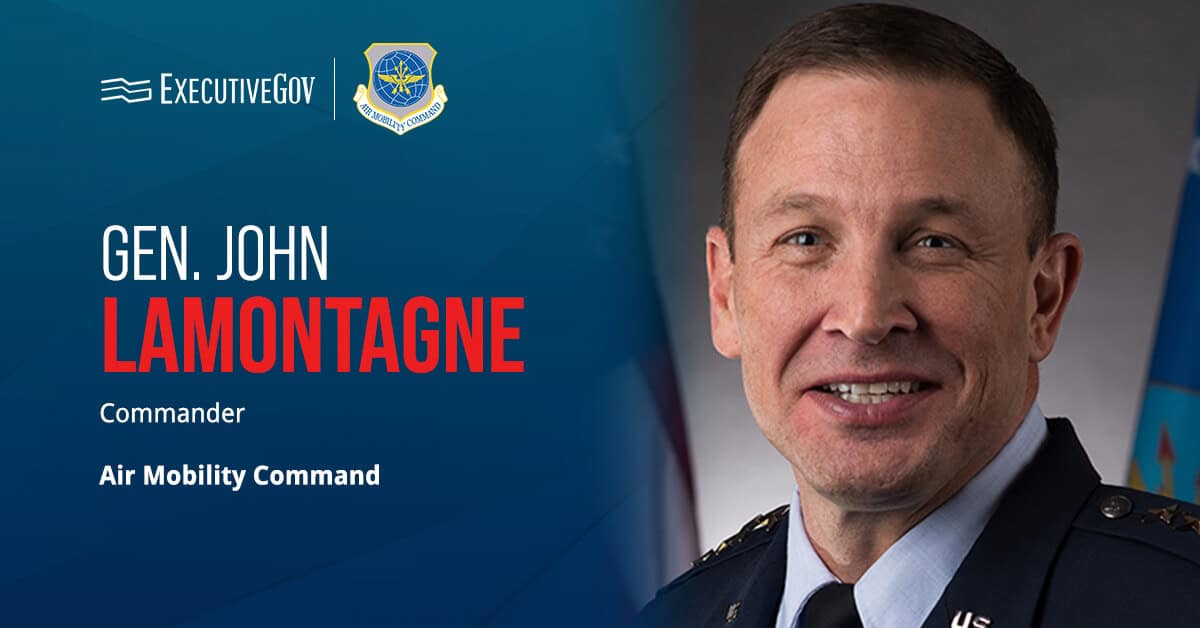Mistral has begun the production of a vertical take-off and landing unmanned aerial system for the U.S. Army.
THOR, a commercial off-the-shelf Group 2 UAS, was created as part of an Army program to build medium-range reconnaissance drone systems, Mistral announced from Nottingham, Maryland on Friday.
This technology will be manufactured at the Bethesda-based company’s facility in Nottingham ahead of the planned demonstration of its capabilities at the Edge 2024 experiment at Yuma Proving Grounds, Arizona.
Mistral will also participate in the Project Convergence Capstone 5 joint and multinational force experiment, which will begin in January and run through March 2025.
Along with THOR, Mistral’s Nottingham location houses the production of Roboteam’s Micro Tactical Ground Robot for the U.S. Marine Corps and the Blast Mitigation Vessels for the government and law enforcement sectors.





